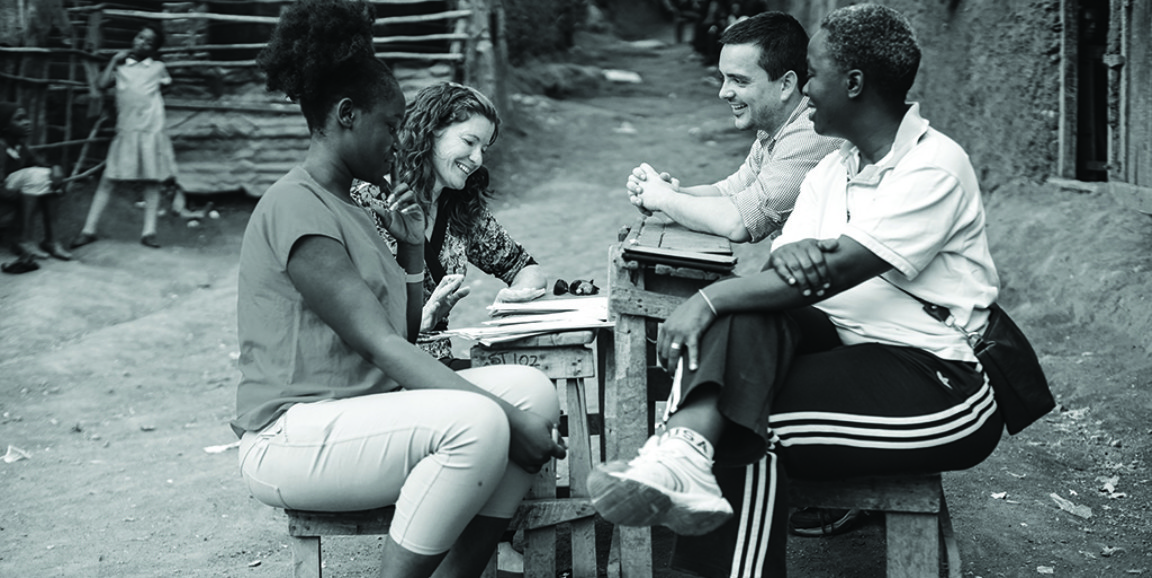Through a series of studies conducted in the slums of Nairobi, Kenya -- an environment where rape is very common -- researchers with the nonprofit No Means No Worldwide have shown that the nonprofit's curricula empower girls to defend themselves, reduce school dropout from teenage pregnancy, and help boys understand consent and learn to intervene if they witness sexual violence.
Now, in advance of the Joint Statistical Meeting 2018 that begins this month in Canada, there's a fascinating release about the role of Stanford statistician Mike Baiocchi, PhD, who developed statistical techniques used for the research. In the story, Baiocchi, who won last year's Rosenkranz Prize for this work, explains why it was important to build methods to show not just how the No Means No Worldwide curricula changed behavior, but also why:
If we can measure difficult concepts like empowerment and gender norms, then we can use statistical analyses to map out the causal pathways to assess what is essential, and what is not, in these interventions.
The team's efforts suggest that empowerment, giving girls the idea that their intrinsic worth makes it OK to resist assault, is an important mechanism for the program. The researchers, led by Baiocchi and public health specialist Clea Sarnquist, DrPH, are now conducting a two-year randomized trial of girls in more than 100 schools to gain more insight into how the program works. Baiocchi and Sarnquist are shown in the photo above working with Kenyan researchers.
Baiocchi brought a team of Stanford's statistics graduate students on board to develop techniques that would benefit scientists across the field of sexual assault prevention. The article explains:
'There isn't a ton of statistical expertise in the global gender-based violence field,' says Rina Friedberg, a third-year PhD student in statistics. 'So, we've been creating training programs for other groups who want to do similar studies. They can go through and read our software code and our explanations of what it does and why, and hopefully they will be able to go out and replicate our statistics.'
It is difficult to overstate the importance of this, according to Baiocchi. 'The academic discipline of sexual assault prevention is quite young, so its researchers were trained in many different disciplines,' says Baiocchi. 'This means when we get together to talk, it's a bit like the Tower of Babel in terms of statistics, because everybody has a different statistical language they use; it's hard to communicate. We're trying to provide a Rosetta stone for everybody working in sexual assault prevention, to make it easy to have a consistent and rigorous statistical methodology relatively quickly.'
Photo by Nichole Sobecki for Stanford Medicine magazine




